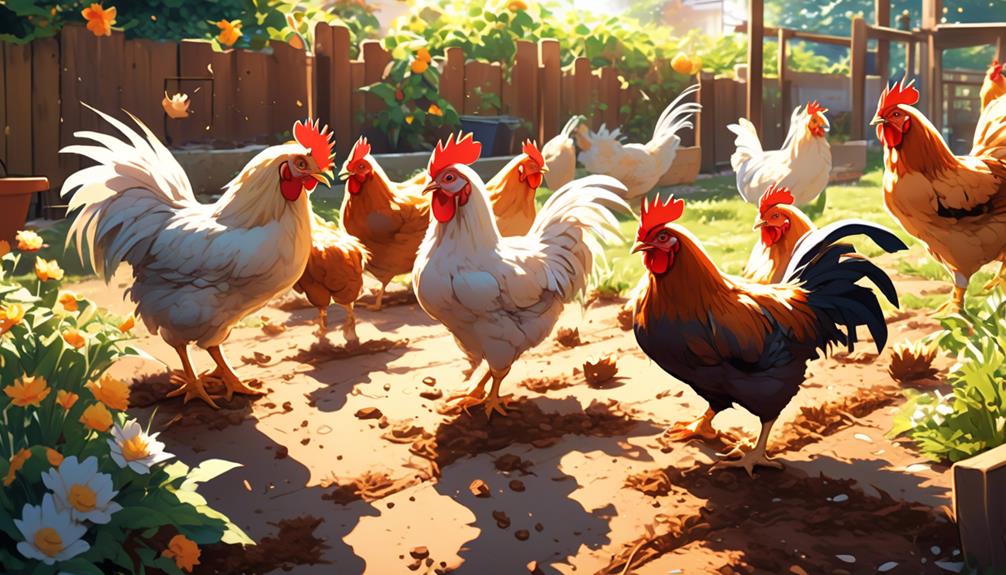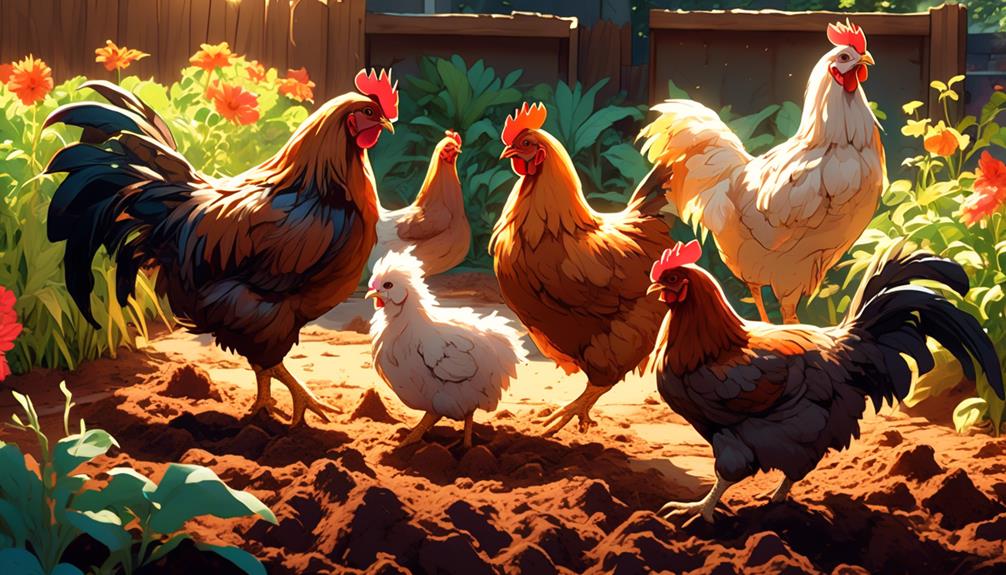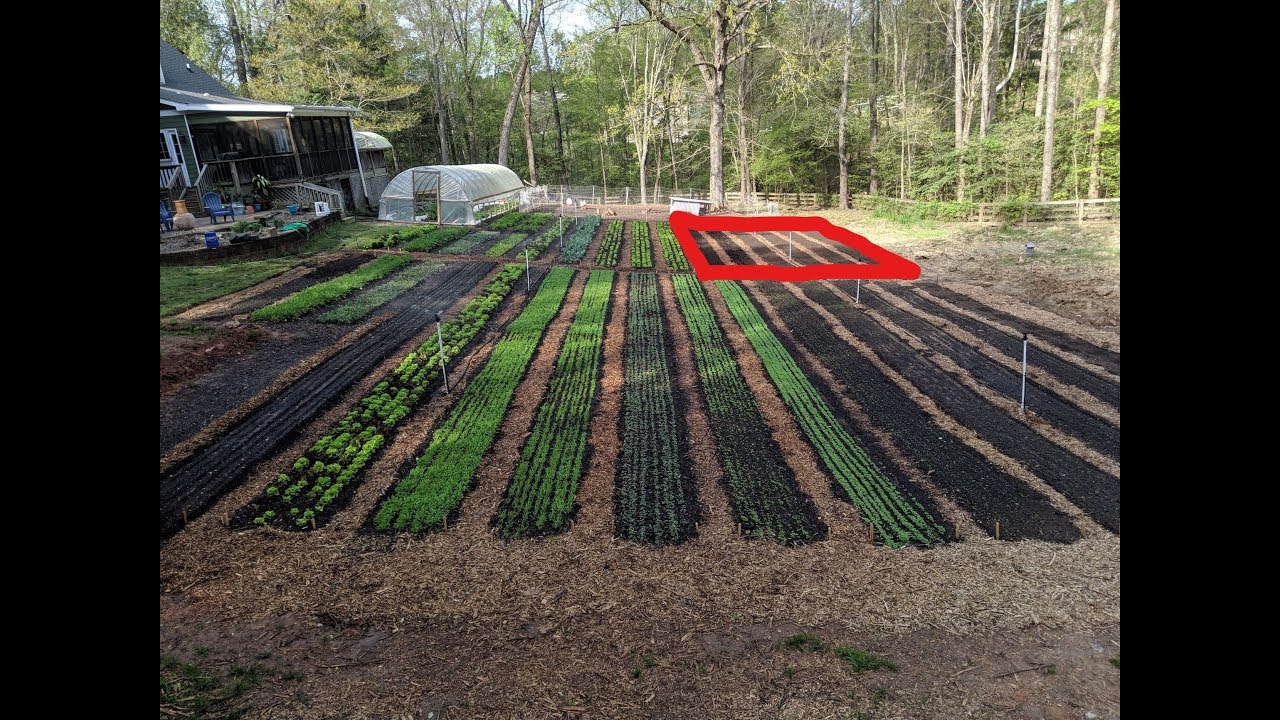Are you tired of spending hours tilling your garden beds year after year, only to see the soil quality diminish over time? What if there was a way to create new garden beds without the back-breaking work of tilling?
Well, get ready to discover a method that will save you time, energy, and improve your soil health – all thanks to the power of chickens. In this tutorial we’ll uncover the secrets of using chickens to create new garden beds without tilling.
But that’s not all; you’ll also learn how chickens can help you expand your farm, work with challenging clay soil, and construct and prepare your new garden beds. Get ready for a whole new way of gardening that will leave you wondering why you didn’t try it sooner.
Chickens Do The Work…
- Chickens can be used to clear vegetation and prepare the ground for new beds, making them a valuable tool in farming.
- Chickens help break down organic matter and spread it evenly, contributing to the creation of healthy soil.
- By keeping chickens in one area for a longer period, compost can be created, providing a nutrient-rich soil amendment.
- Regularly moving the chicken coop & temporary run enclosure helps distribute the manure load and maximize the effectiveness of their work.
Using Chickens for Clearing and Preparing Ground

Using chickens to clear and prepare the ground for your garden beds is an effective and practical method for vegetation removal and soil preparation on the farm.
Chicken coop management plays a crucial role in ensuring effective vegetation clearing here. By keeping the chickens in a designated area for a longer period, you can maximize compost production.
The chickens work tirelessly, scratching the soil and breaking down organic matter, which is then spread evenly across the ground. This process not only removes unwanted vegetation but also improves soil fertility.
To further enhance the effectiveness of the chickens’ work, it’s important to regularly move the chicken coop & temporary run enclosure, spreading out the manure load.
The density of chickens in an area also affects the speed and efficiency of their vegetation clearing. By properly managing the chicken coop, enclosure and maximizing compost production, you can achieve optimal results in preparing the ground for new garden beds.
‘Did You Know? Using chickens to clear and prepare the ground isn’t a new concept. In fact, it has been practiced for centuries in various agricultural communities around the world.’
Creating New Garden Beds
To expand your garden or farm and create new beds, careful planning and strategic bed construction are essential.
Here are three strategies for efficient bed construction:
- Utilize the chickens on your farm to maximize compost production. By keeping the chickens in one area for a longer period, they can break down organic matter and create valuable compost. Regularly moving the chicken coop also helps spread out the manure load, ensuring an even distribution of nutrients.
- When constructing new beds, start by marking out the dimensions using string lines and wooden stakes. Aim for 30-inch wide beds with a 14-inch walkway. Taking the time to measure accurately will result in straight and consistent beds, preventing mistakes and ensuring proper bed layout.
- Keep the chickens confined to the area you’re working in. You’ll want to keep your chickens secured in the area where your new garden beds will go, otherwise they’re likely to cause havoc to your existing gardens. This can be done quite easily using a moveable chicken mesh fence that stakes into the ground. This way you can move it wherever required in the future.
- Build on top of poor soil to avoid the need for tilling. Add topsoil or compost to improve the soil quality. Once the beds are laid out, use a broad fork to loosen the soil, add amendments, and then rake it smooth. This approach allows you to focus on building on top of the clay soil and growing through compost, rather than relying on the clay soil itself. You don’t need to get too carried away as the chickens will do the majority of this work for you.
Working With Clay Soil

Working with clay soil for garden bed construction requires careful attention to soil preparation and incorporating organic matter. When dealing with clay soil, it’s important to understand that it isn’t the primary source for growing, but rather a foundation for building beds.
To improve the fertility of clay soil, incorporating compost is essential. Adding compost on top of the soil helps to break down the clay particles and improve its structure. By incorporating compost into the clay soil, you can enhance its drainage, aeration, and nutrient-holding capacity.
Watch The Process Here…
Here Josh Sattin from Sattin Hill Farm shows you how he built his new garden beds by putting his chickens to work so he didn’t have to till the garden beds himself…
Harnessing the power of chickens in your garden can be a game-changer. These feathered helpers not only clear vegetation and break down organic matter, but they also create compost with their manure.
By utilizing their natural instincts, you can expand your farm, work with challenging clay soil, and construct new garden beds without the need for tilling.

